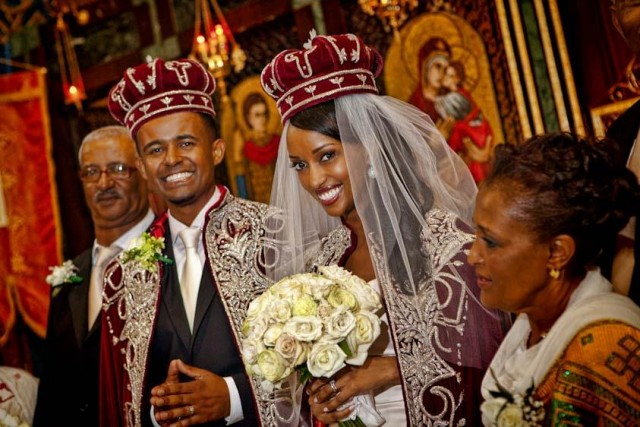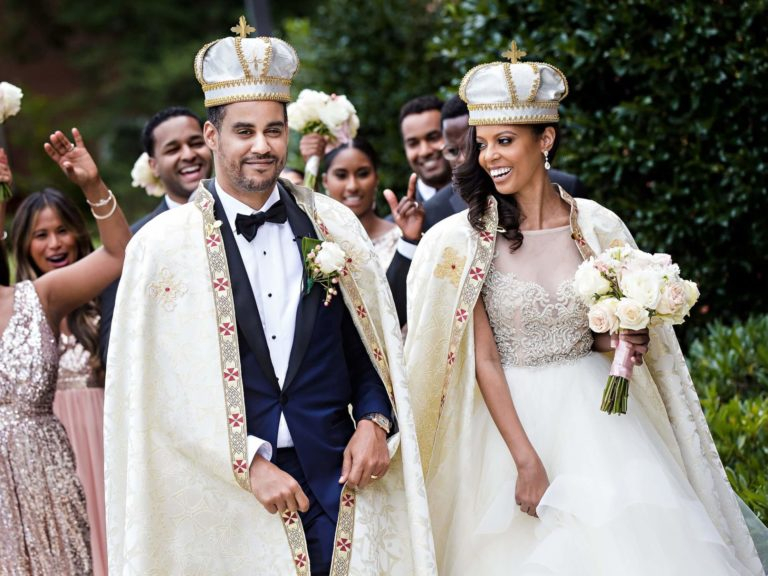Marriages Customs
Traditional practices are followed in rural C.A.R. ; marriages may be arranged, and the bride is frequently younger than the groom. Due to Christian influence, polygamy is now less prevalent than it once was, yet it still occurs. Men are frequently seen having affairs or several girlfriends, while women are not typically seen doing the same. The bride's family typically receives presents from the groom. The majority of women have numerous children, who may be raised in part by other family members. Children frequently refer to their uncles as "little fathers," or "baba kete," and treat them with the same reverence as their biological father.
Basically, it is said that the Central African Republic's traditional wedding is proudly inspired by the nation's tastes and colors. The Atoghu traditional dress is revered in most Francophone cultures as an official, unique costume with ornamentation. As a result, it is generally the most cherished garment. Tugh was originally a fabric tissue that was imported from Calabar, Nigeria and stitched in a certain way to fit the preferences and culture of these people. designed and made for both sexes, as well as for kids. Fascinatingly, the cloth is referred to as Ndep in Ndop, especially among the Bamessing population.







